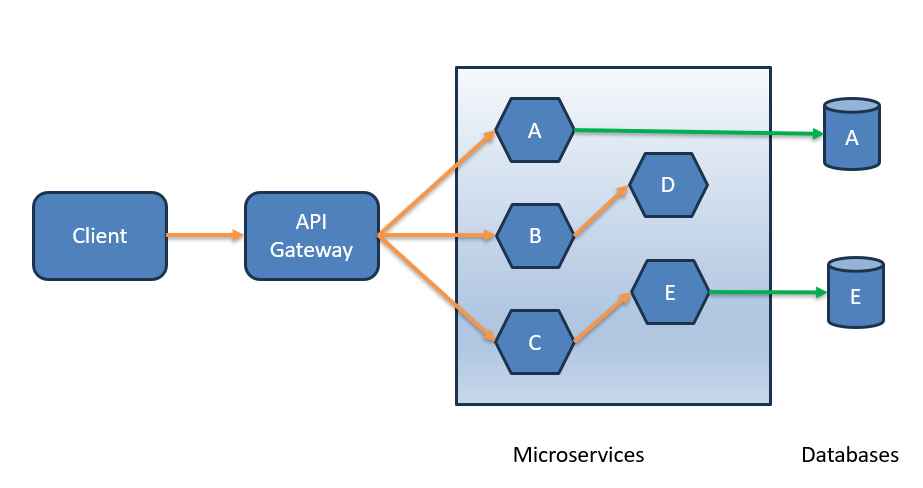Microservices architecture style is a way to design software applications by breaking down the complex software into multiple smaller, independent services. These small services are called microservices and software applications are built by combining multiple smaller services (or microservices) where each microservice will perform a specific function and it can communicate with other services as well.
In this article, we are going to discuss about the various advantages and disadvantages of microservices architecture.
Below diagram showcases one sample microservices architecture. As can be seen, microservices could talk with each other and each microservices could have their own databases.

Advantages
Scalability
The most significant advantage of microservices architecture is the scalability. Any microservice can be scaled independently in case the load is increased on it by adding more instances without affecting other services. This allows applications to handle increased load on the system while maintaining high availability of the system.
Agility
Microservice architecture allows developer teams to work independently on specific services without affecting the entire software application which results in faster development and faster roll out of software updates.
Resilience
Microservice architecture offers higher resilience because of independent services which allows software system to not get affected by failure in one service. This means that system can still be functional even if one microservice fails ensuring higher resiliency.
Flexibility
Since microservices architecture allows services to be small and independent. Developers can choose the best technologies for each service instead of being restricted to using one technology for the entire software system. This offers higher flexibility to developers which results into a more efficient software.
Improved Security
In Microservices architecture, various services interact each other via APIs. This approach ensures the minimum data sharing across services. This ensures improved security by reducing the security breaches impact by containing it to the compromised service and stops propagating it to full system.
Easier Deployment
In Microservices architecture, every service can be independently deployed and upgraded without affecting other services. This approach allows easier roll out of updates to specific services as it doesn’t require to full re-deployment of system.
Disadvantages
Complexity
At times microservices architecture can become more complex than monolithic applications due to multiple services and APIs present between different services. This can easily increase the development and maintenance cost of the system.
Testing
Since microservices architecture has multiple services combined to create complex software systems. Thus increasing the testing complexities because of increased number of components and interface APIs between them. This could easily result in increased cost.
Operational Overhead
This approach requires additional operational cost in order to monitor and manage multiple services and interfaces between them. This could result into higher operational costs.
Latency
Since communication between services happened via APIs. Additional latency being introduced in the system which can affect the overall performance of the system.
Deployment complexity
At times, deployment of microservices become nightmare due to higher number of components that need to be properly configured, deployed, and managed.
Conclusion
As we discussed above various advantages/disadvantages of microservices architecture. Software architect must weigh in the various pros and cons of the architecture before making the decision.